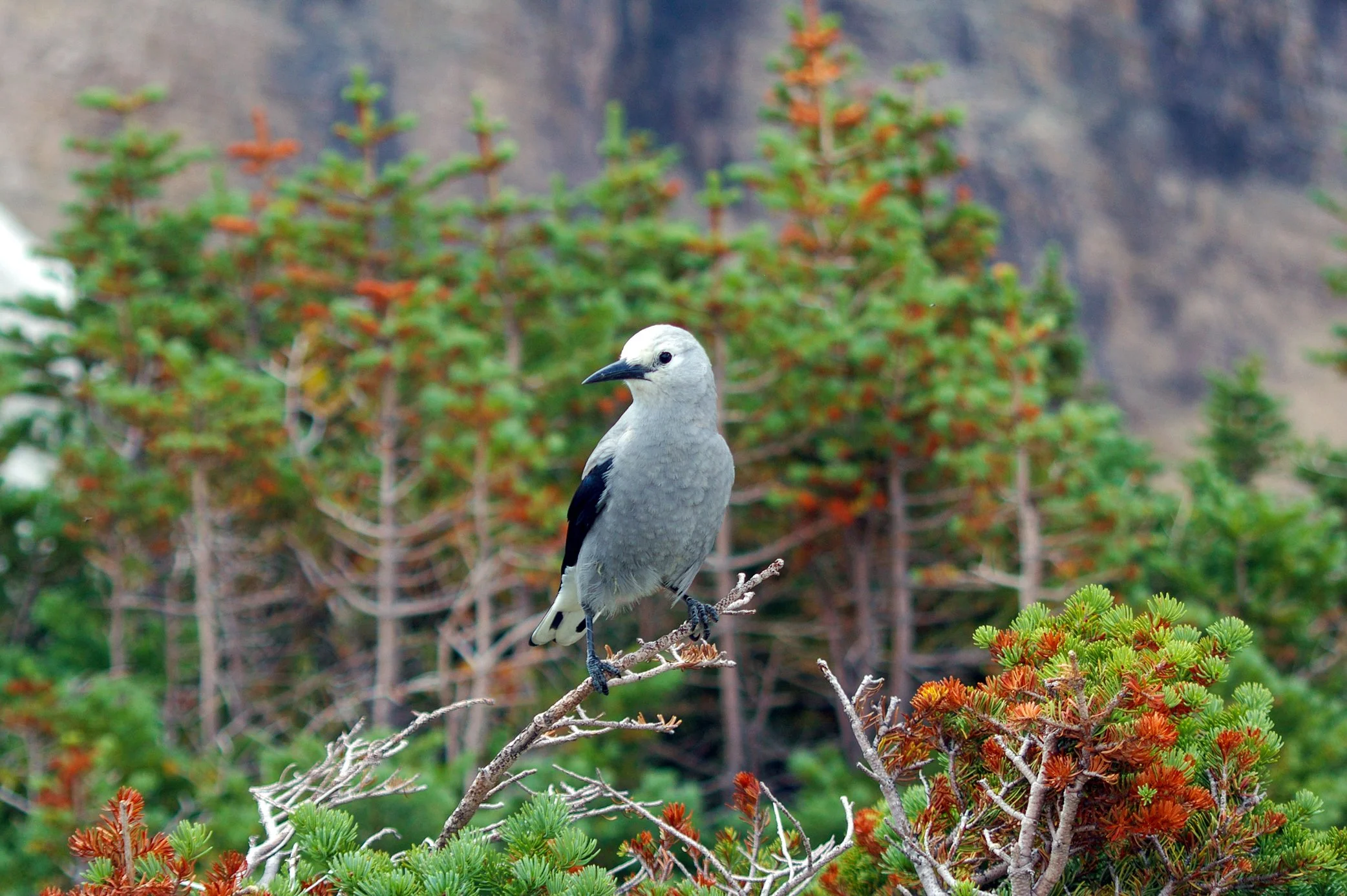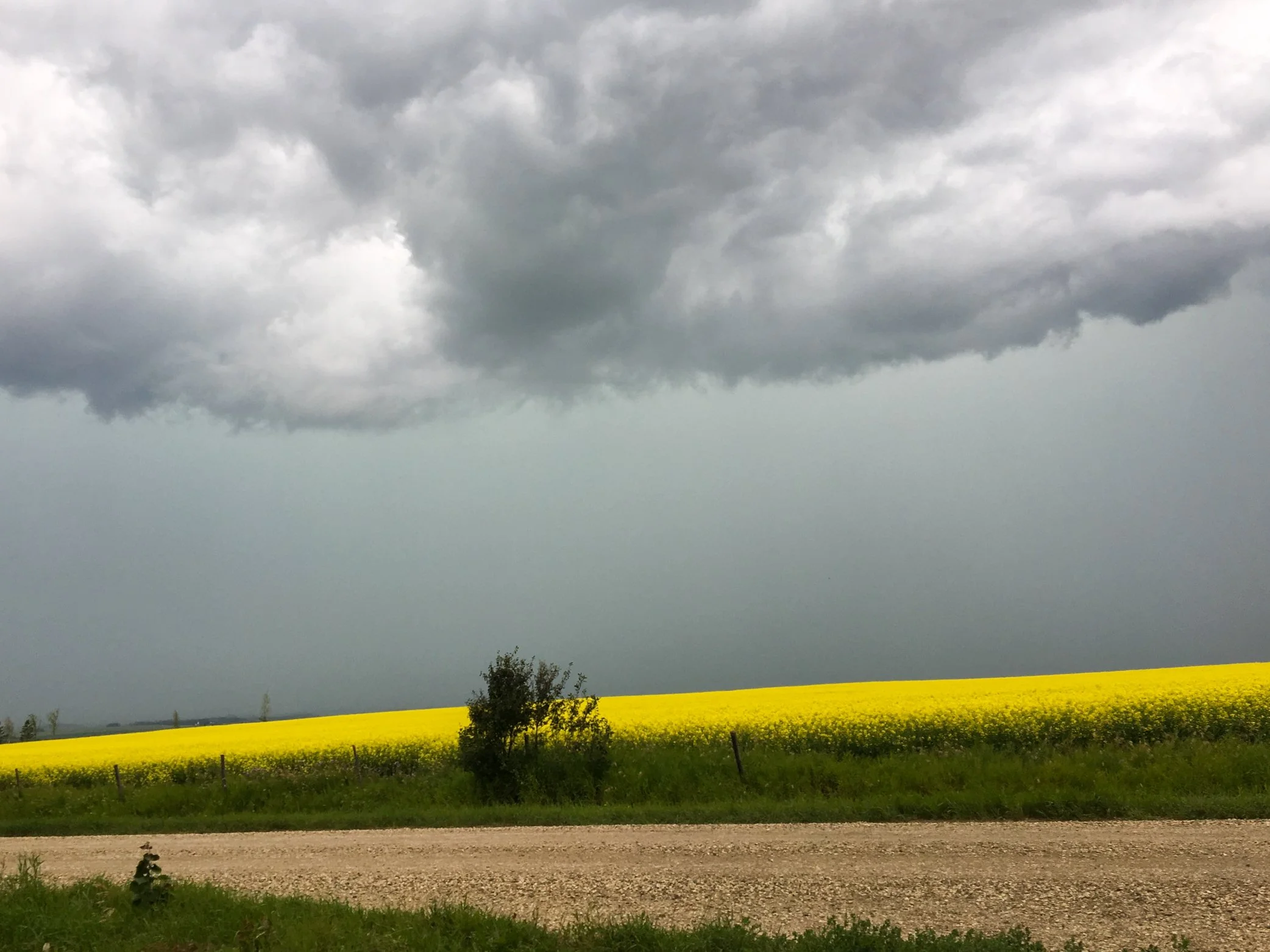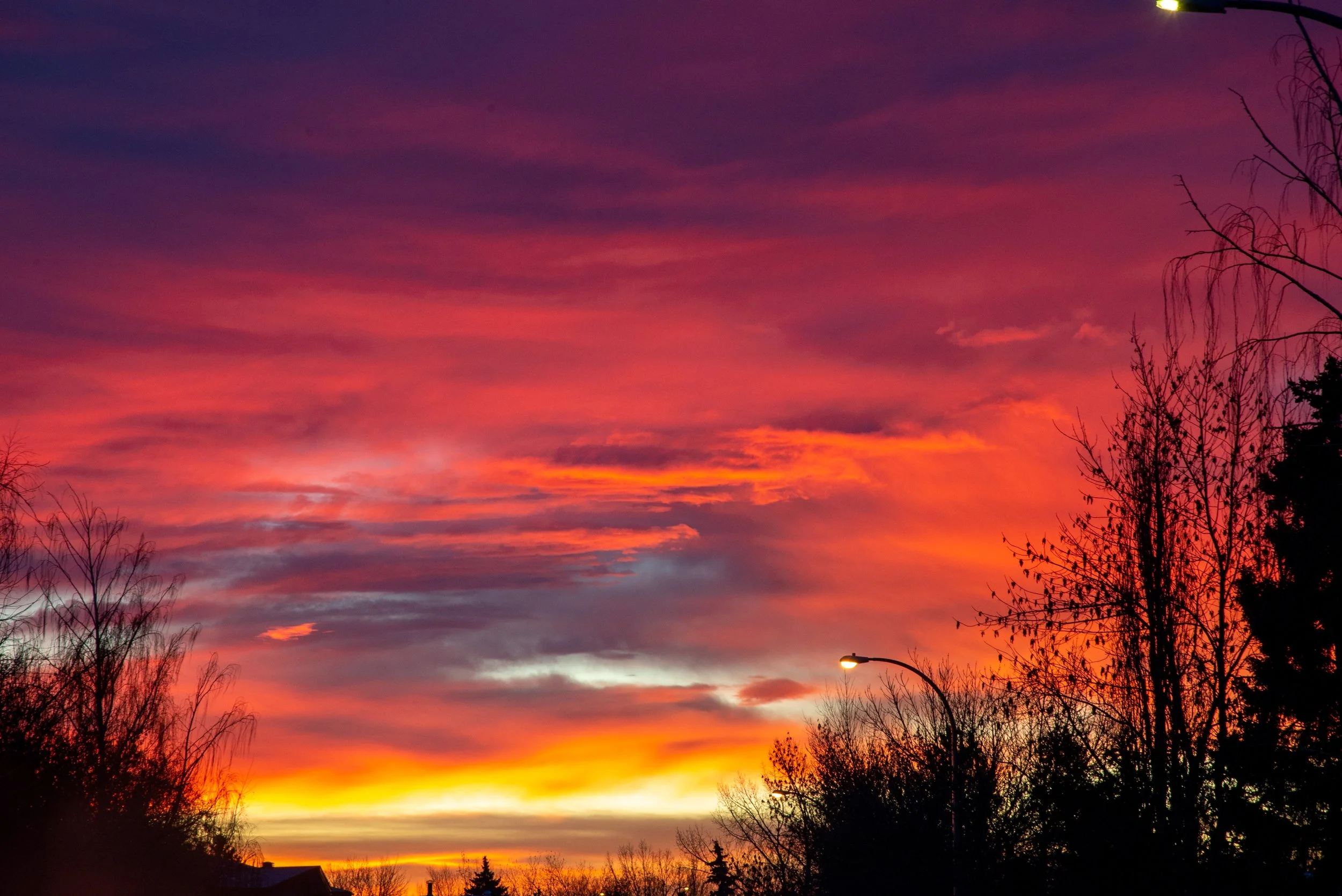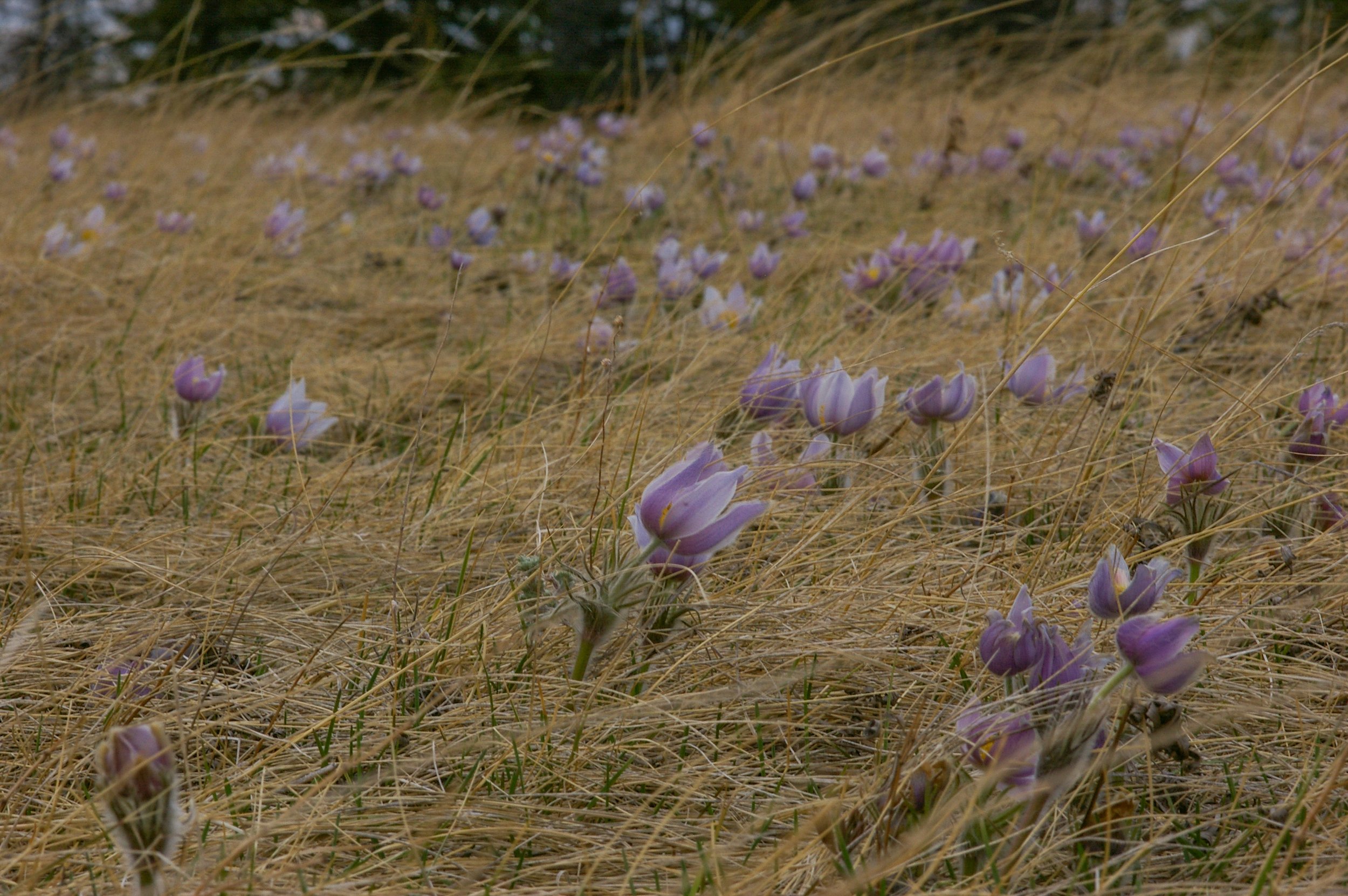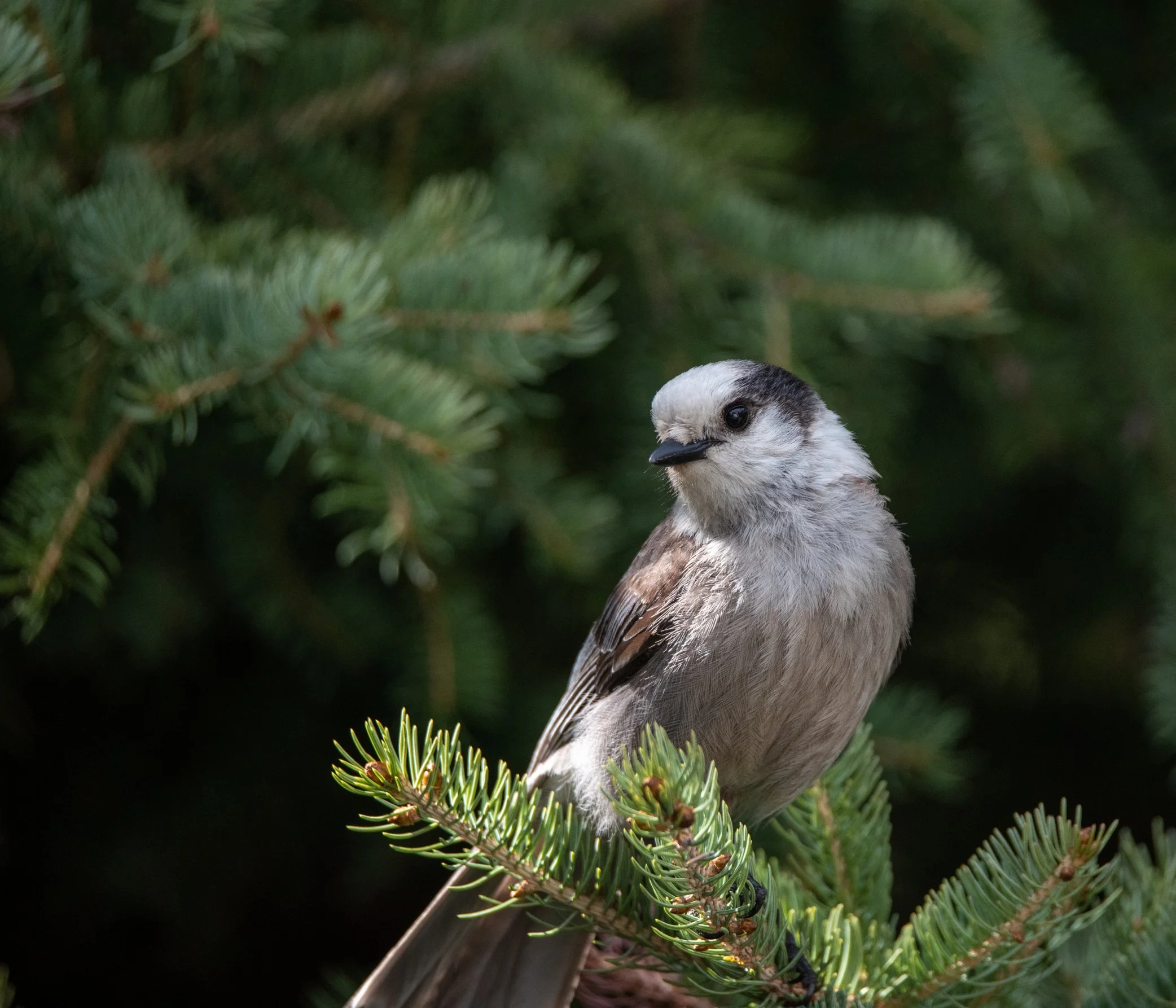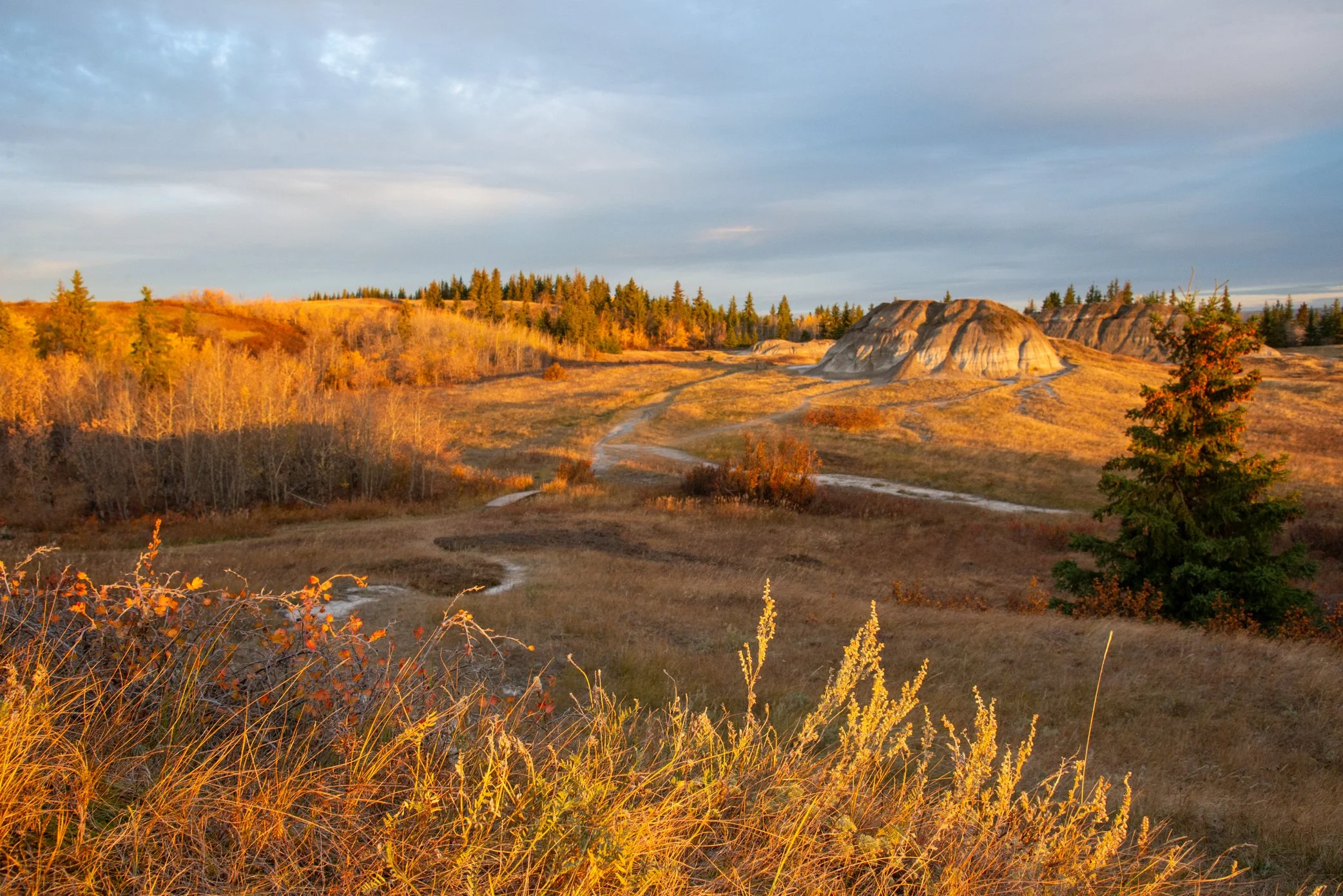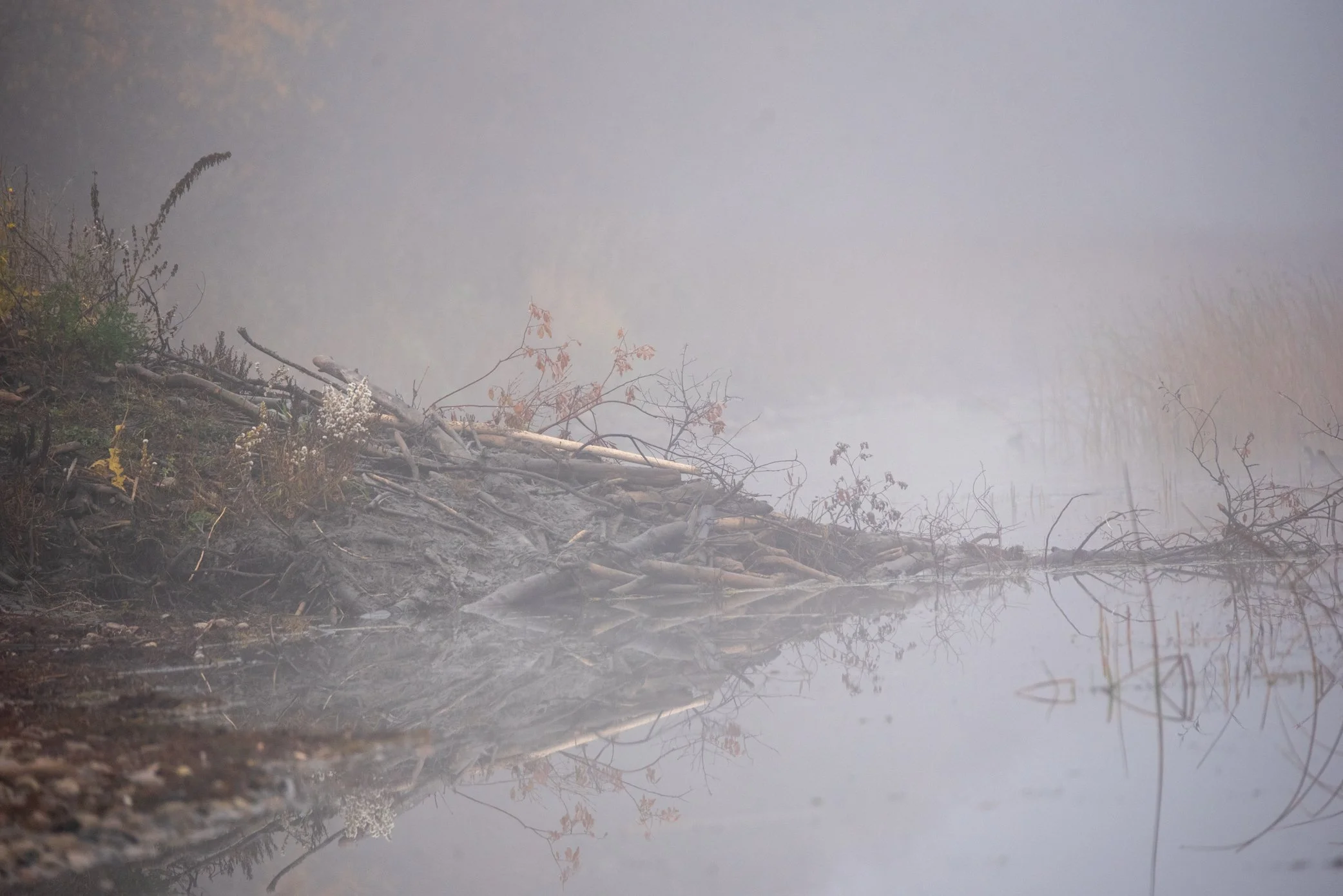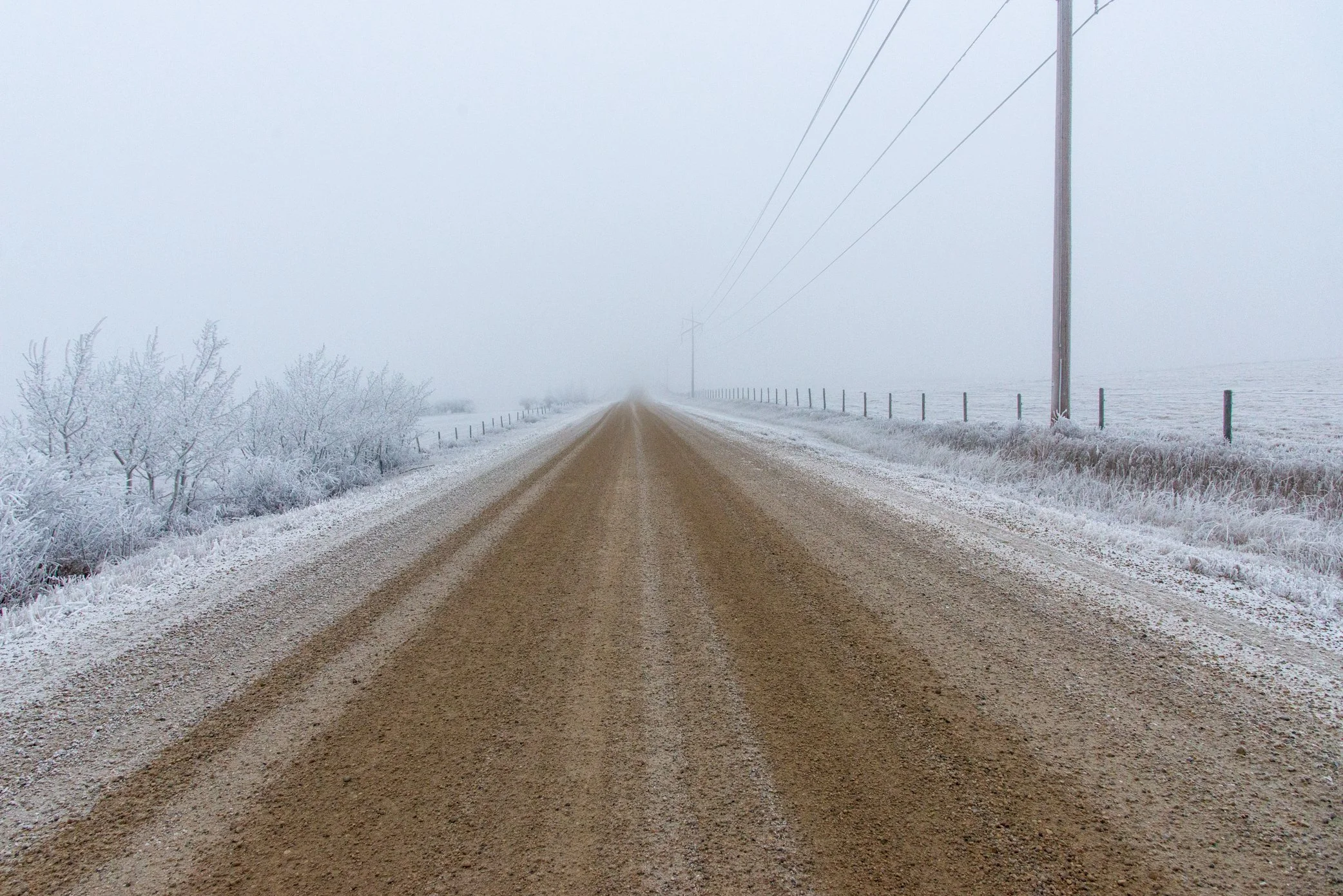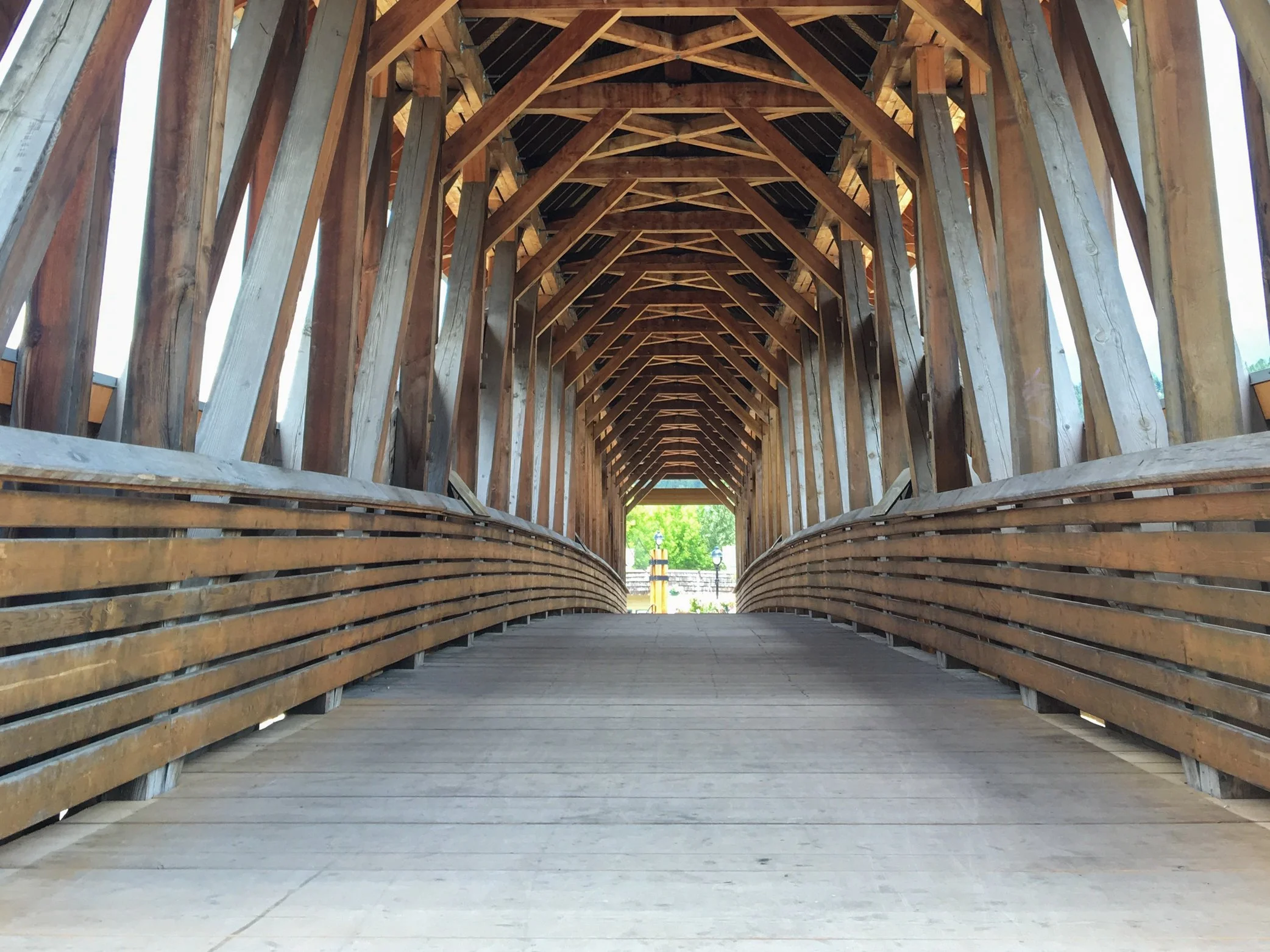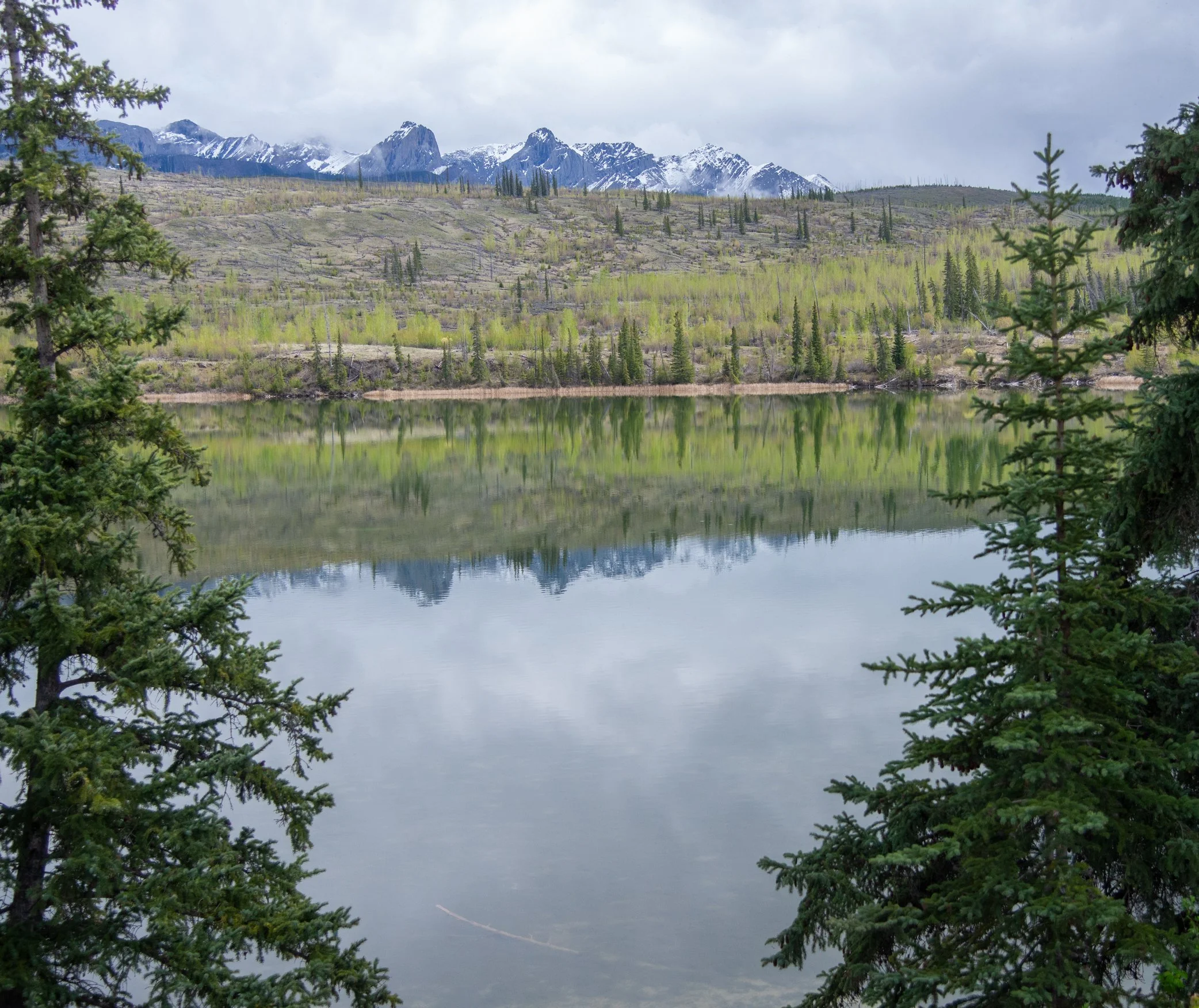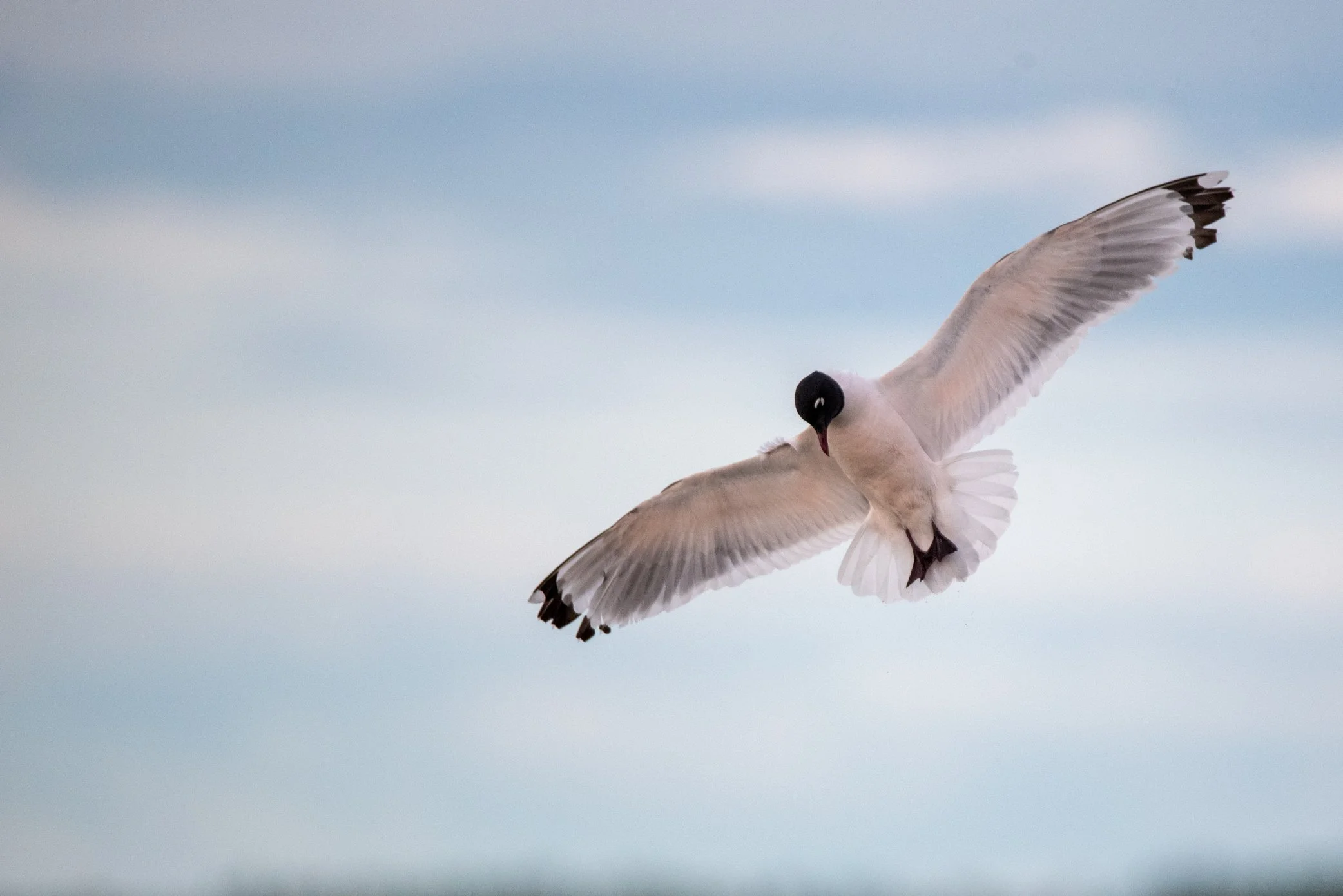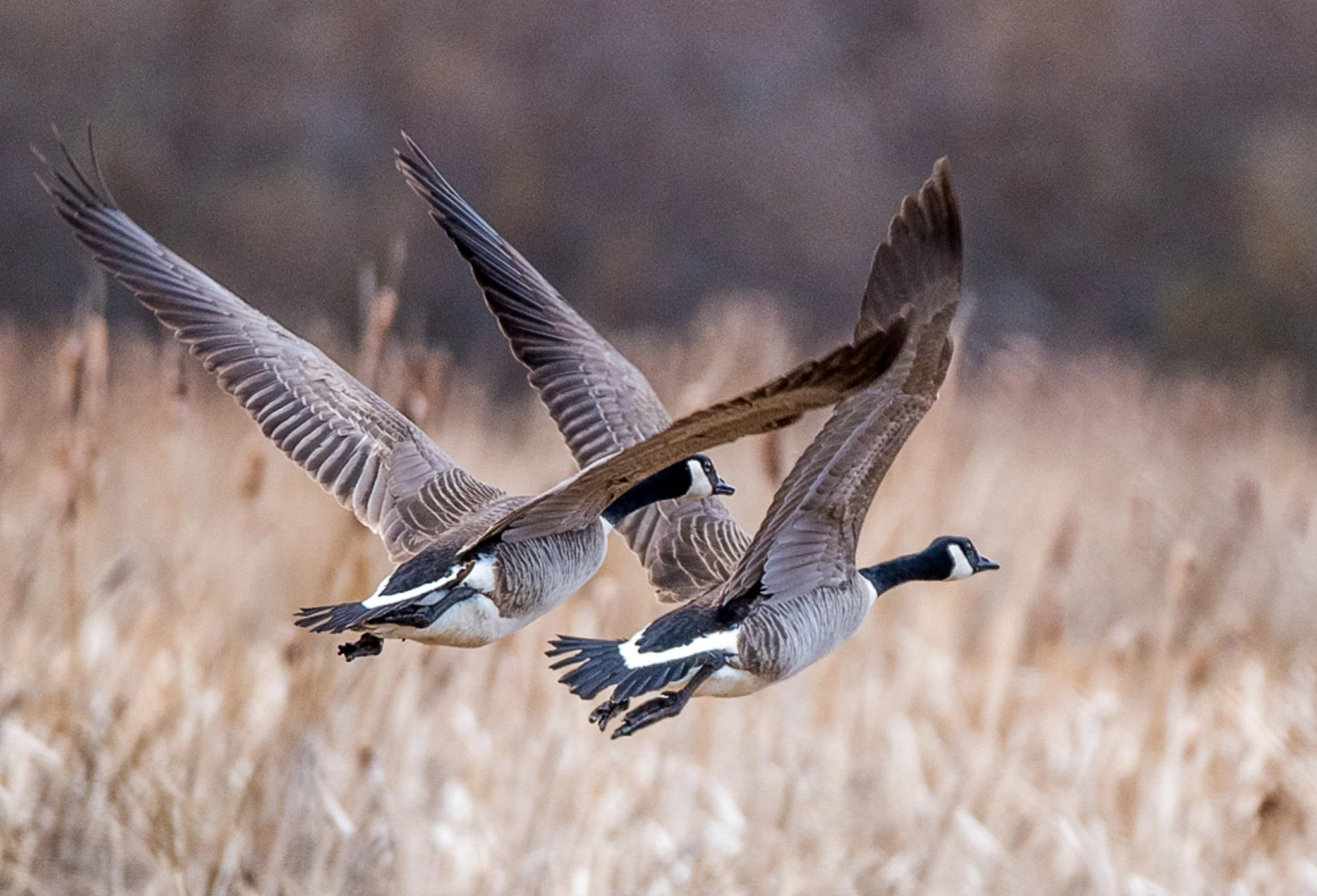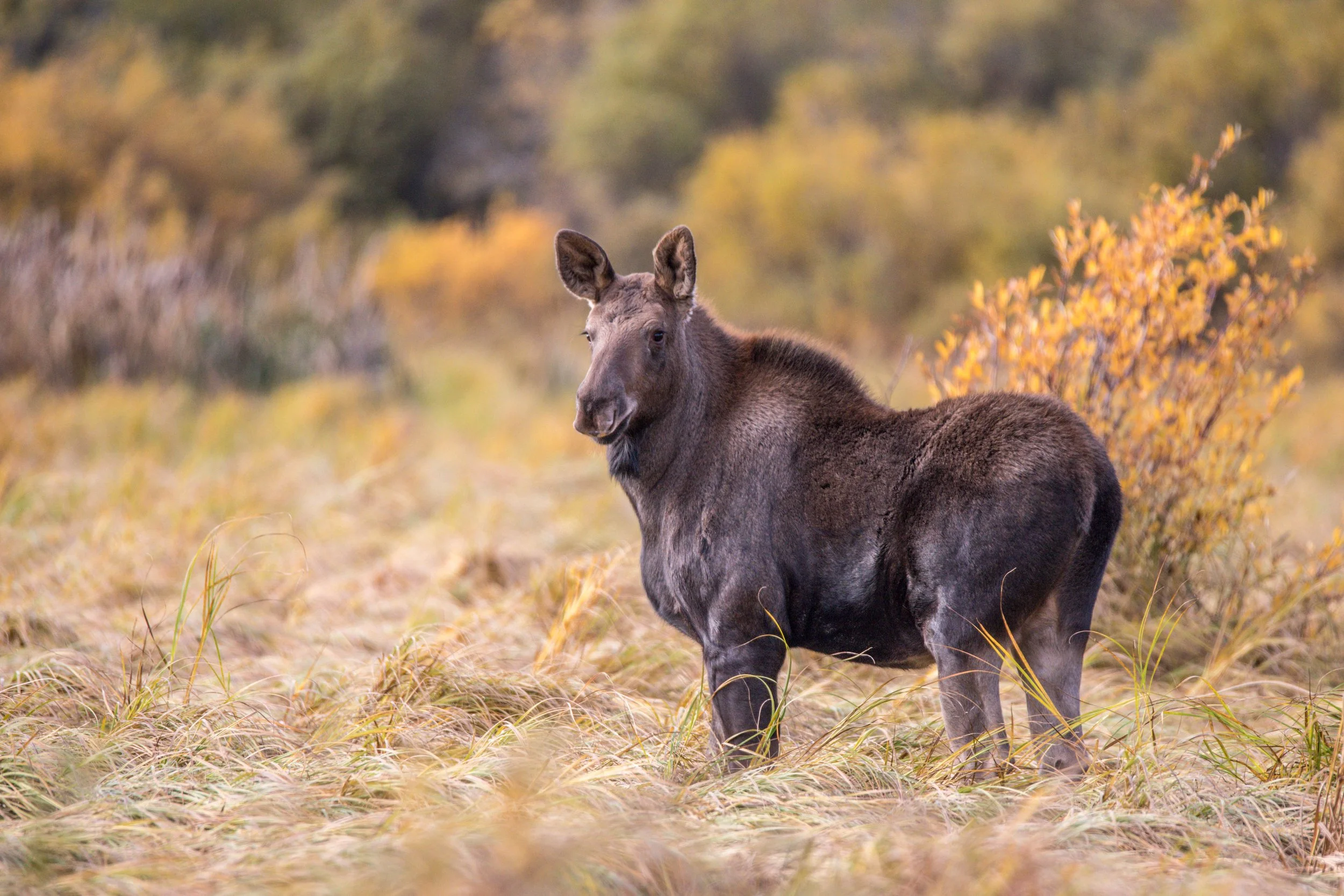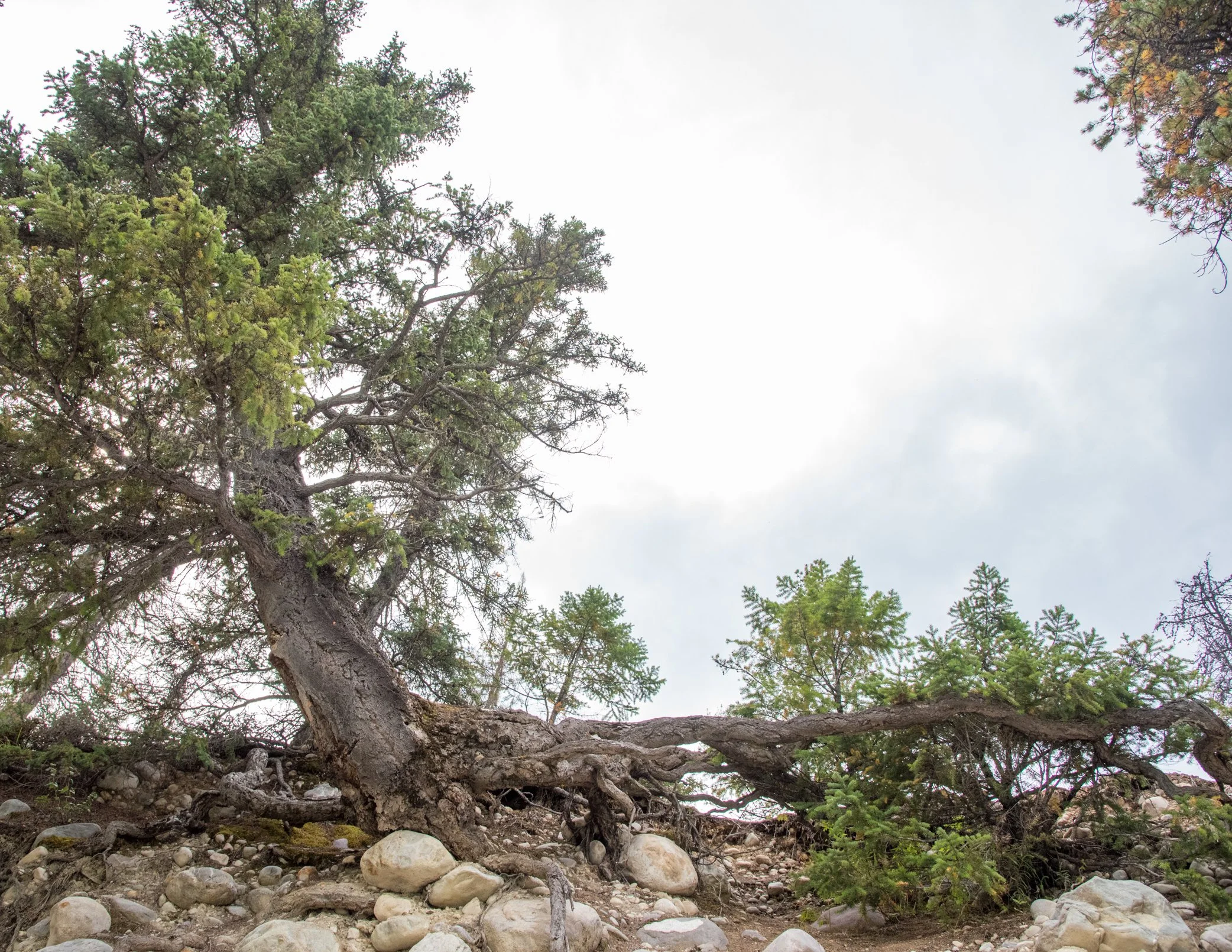Easy Photography Composition Tips for Beginners
Embarking on a photography journey can feel overwhelming at the best of times with all the technical terms and complexities of camera equipment. However, one of the quickest ways to see immediate results for improvement in your photos is by understanding elemental composition, regardless of whether you’re taking pictures with your phone, tablet, or camera.
What is Composition?
Composition refers to how you arrange the elements in your photo.
Consider reviewing some of your photos or looking at other examples, and pay attention to the composition. When I did this exercise for the first time years ago, I was happy about the emotion I captured. However, I discovered recurring themes such as:
My main subject was in the center of the frame most of the time.
The horizon line dissected a landscape scene in half.
The horizon line, or any aspect of the photo, was sometimes crooked.
The background was often cluttered, or there was distracting “stuff” in the photo.
The image was a typical point-and-shoot, more often than not, and lacked intentional composing.
As you review the examples, please think about how you can replace my particular subjects with whatever you like photographing. For example, you may take photos of your pets, children, people, for work, play, or vacation destinations instead of a bird.
Bird composition with the subject in the center of the frame. It would be improved if Clarke’s Nutcracker were placed more on the right side of the frame.
A landscape composition example with a crooked horizon line.
A casual attitude toward photography composition resulted in streetlights and trees creating a cluttered foreground.
A typical point-and-shoot landscape composition before incorporating one of the easy photography composition tips for photographers. Although it captures the scene, it feels cluttered; the background is not simplified, and there is no singling out to highlight one prairie crocus.
The good news is you don’t need to be a pro to begin creating stunning photos!
I’ll share five essential photography composition tips designed to help you make the most of your camera, simplify your shots, and focus on what truly matters - the story you want to tell with your pictures.
Are you ready to improve your photos?
Let’s explore these game-changing, quick, and easy photography tips for beginners. With just a few adjustments, you’ll be on your way to elevating your photos to the next level and capturing memories that truly stand out!
5 Easy Photography Composition Tips for Beginners:
#1. Rule of Thirds.
Rule of thirds is a common photography term relating to composition. However, it’s not a hard and fast rule as it is a guideline to strengthen your skills for more compelling and pleasing compositions.
If you divide your frame into nine equal parts using two horizontal and two vertical lines, and position your subject along these lines or at their intersections, you are implementing the rule of thirds.
The result helps create balance and naturally draws the viewer’s gaze to your subject.
When experimenting with the rule of thirds in photography, begin by positioning your subject off-center, either side to side, top to bottom, or a combination of both.
There will be exceptions to the guidelines when you decide to place your main subject in the center, be it people, scenery, reflections, or other subjects.
An example of bird composition using the rule of thirds as a guideline. Additionally, the space on the left utilizes the photography tip of giving your subject breathing space as there’s “room to move” within the scene
An example of using the rule of thirds for bird composition includes a sense of anticipation to capture action and the unique behavior when feeding on the berries.
Following the rule of thirds guidelines, you, as the photographer, decide what you want to emphasize. In this example, I wanted the golden light of sunrise on the landscape, which I focused on by having it fill approximately two-thirds of the frame, leaving one-third for the sky.
A beaver lodge in the morning mist is an example of positioning the primary subject so that it almost dissects the frame in half, thus ignoring the rule of thirds. In this situation, I wanted the reflection to show the branches reflecting in the water below the lodge.
#2. Leading Lines.
The use of leading lines helps to:
Easily and intentionally direct the viewer’s gaze to a specific focal point.
Leading lines add depth and even movement to the image.
Lines can be found in nature by utilizing a river, branch, or pathway, for example.
Architecture often provides an abundance of leading lines in photography.
Using train tracks as a leading line visually leads the viewer to the background in the distance.
A photography composition tip using a soft-flowing waterfall as a leading line throughout the landscape scene. The feathery appearance is created by incorporating shutter speed for slow motion.
A country road and a row of power lines on a frosty morning serve as leading lines, guiding the viewer’s gaze through the scene from the foreground to the background and the end of the road.
The perspective is when looking across a wooden bridge. Two easy photography composition tips apply here: the sides of the bridge create leading lines and Tip #3 Framing. The viewer’s gaze is held within the confines of the wooden sides for framing, and leading lines, with the beautiful flow leading to the background.
See how many leading lines you can find as you go about your day or when exploring and having fun with your camera. They may be as close as your garden or backyard, a walk in the neighborhood, or when you’re on your dream vacation.
#3. Framing to Isolate Your Subject.
Consider how you can use elements within a scene to frame your subject.
Implementing structures such as windows and arches and being alert when in nature will help you discover and find elements to frame your subject.
Look for opportunities to use framing and draw attention to your subject.
When out in nature, experiment and have fun finding ways to use framing.
A Canada Jay is compositionally framed using tree boughs to draw attention to it as the subject. If the background was not intentionally blurred, the bird would not be as prominently displayed and would be less appealing with a busy, distracting background.
A section of a fence provides framing for composition in a frost-laden scene. Additionally, Tip#2, Leading Lines, applies, as the fence on the left acts somewhat as a block to guide the gaze along it, see where it ends, and look at what’s in the distant background.
An example of compositionally framing a landscape scene is the trees, which guide the viewer between them and into the scene. Notice that there are no competing or distracting elements beyond the outer sides of the two foreground trees.
Consider framing to isolate your subject, strengthen your compositions for a more immersive experience, and add context and variety to your photos.
#4. Negative Space.
Negative space is accomplished by leaving an empty space around your subject, which:
Helps to create a feeling of openness.
Creates a sense of balance.
Adds a sense of calm and simplicity to your image.
Makes your subject stand out.
A simplified surrounding with only a coyote in the field creates a sense of simplicity and makes the subject stand out by implementing the negative space photography composition tip.
A Franklin’s Gull surrounded by negative space. Birds can be an excellent subject for beginner photography composition practice when photographed in flight. In this example, there are no competing additional elements, such as additional birds or even trees and people, like you might find trees at a local park or bird lookout.
Incorporating the frozen lake into a negative space composition creates a strong visual impact while invoking a sense of peacefulness, calm, and wonder. The placement almost contradicts the rule of thirds, with the placement close to the center. Doing so provides an example of how you, as the photographer, choose how you want to compose your scene and where to place the primary subject for the strongest impact.
Practicing with empty space around your subject is another way to elevate your composition photography skills, invoke emotion, leave no doubt about your subject's identity, and make your pictures stand out from the crowd.
#5. Simplify the Background.
Simplify the background is one of my favorite easy photography composition tips for beginners because it can be quick to implement immediately. It may be as easy as:
Clearing dirty dishes or glasses off a table.
Paying attention to and avoiding cluttered backgrounds.
Moving people a few feet in one direction or the other to a clean-looking space.
Being aware of random tree branches, thick foliage, and “busy” backgrounds that cause distractions.
Using the camera aperture setting to creatively blur (bokeh)and soften background distractions in nature and wildlife photography to have your subject stand out.
A pair of Canada Geese take flight against a simplified background. Otherwise, the background would have become distracting if the cattails and trees were in clear focus, distracting the viewer from the apparent subject, the geese in flight.
A moose on the marsh’s edge is highlighted in its environment with a creative bokeh (blur). If the beautiful willows and trees were in crisp detail instead of intentionally blurred in their autumn splendor, it could contribute to a cluttered-feeling result. The rule of thirds is considered as the space on the left creates space, and the moose isn’t jammed up against the left side of the frame.
The delicate strands of a spider web in the foliage stand out because of the simplified background. In a different situation, the twigs would be distracting, but they lend themselves to this image because of the connection to the strands of the web.,
The simplified grey sky background emphasizes a tree and the exposed roots in the foreground. However, the few branches and leaves in the upper right corner could be considered distracting, as could the dead tree in the lower right corner. A shift in position, if possible, could have eliminated these minor distractions, although I’m okay with them based on the visually empowering tree and roots.
A snow drift creates a simplified background for the foliage not yet buried.
As you begin improving your beginner photography composition skills, look for areas with the fewest distractions to make your subject stand out as the obvious focus point of your story. Additionally, understanding and creatively using the aperture setting to create a shallow depth of field is an excellent way to simplify the background. For an introduction, please see Aperture Basics for Photographers.
In photography, a shallow depth of field refers to intentionally blurring areas within a scene. All image examples in the Simplify the Background composition tip incorporate a shallow depth of field with blur, which creates more compelling photos and stronger compositions by making the subject stand out.
As you review each of the easy composition tips for beginners, you’ll discover how some overlap. For example, negative space overlaps with simplify the background, and the rule of thirds applies to all five easy photography composition tips.
In Conclusion.
Composition is a skill that can be improved and immediately implemented to create more impactful photos. However, it’s also subjective, and there’s no so-called right way. As you continue on your photography adventures, there will be situations when you pay a lot of attention to the guidelines and times when you go beyond.

